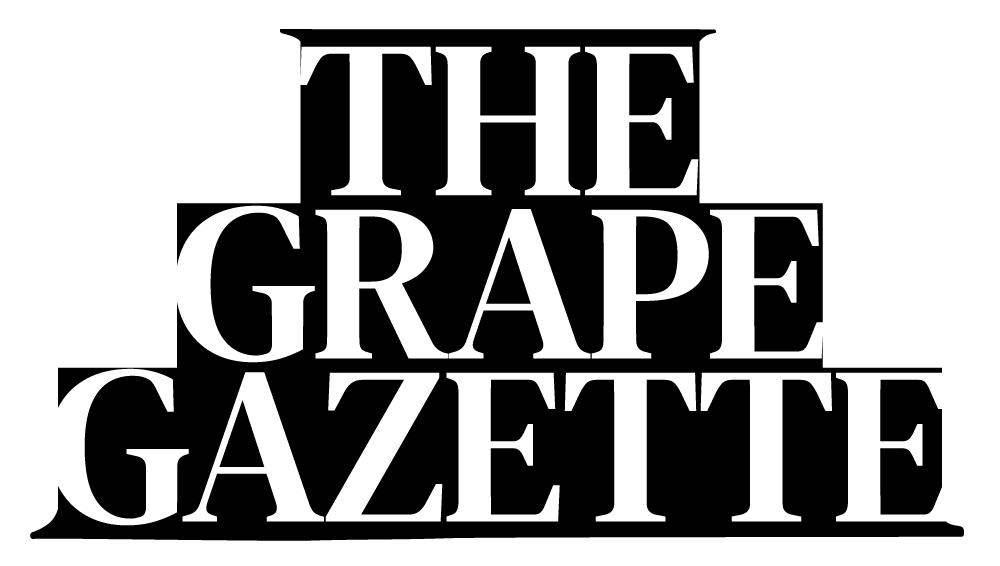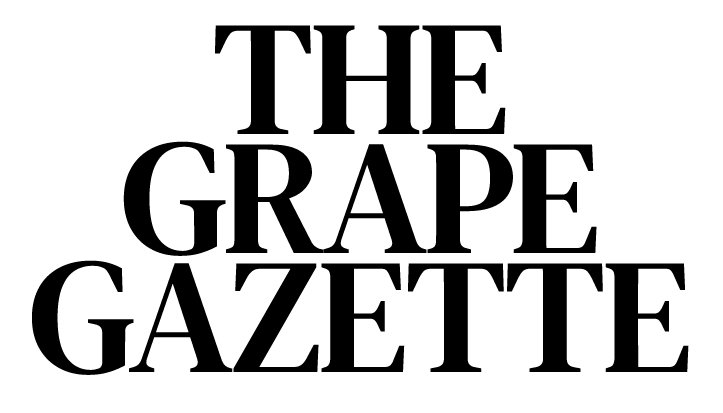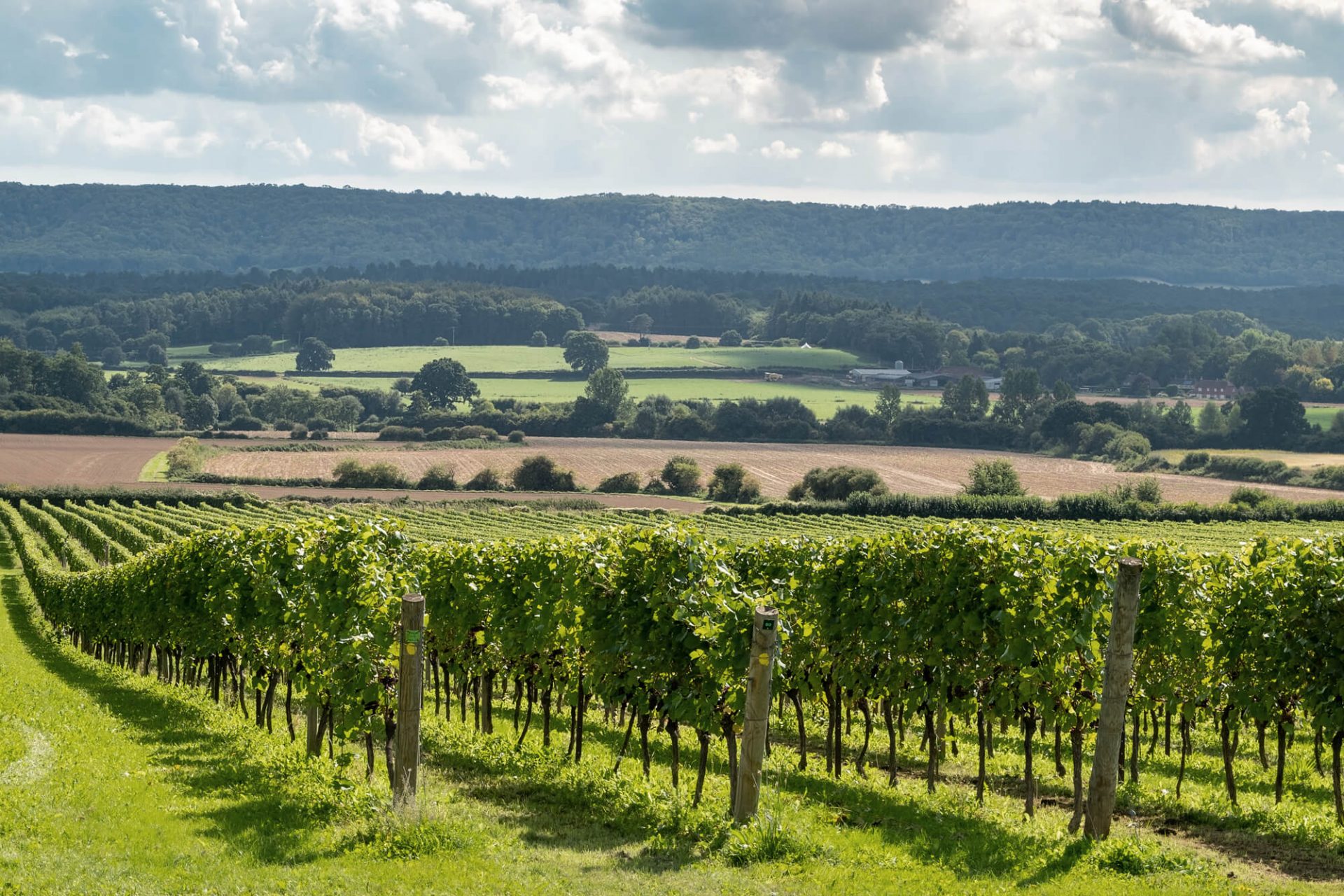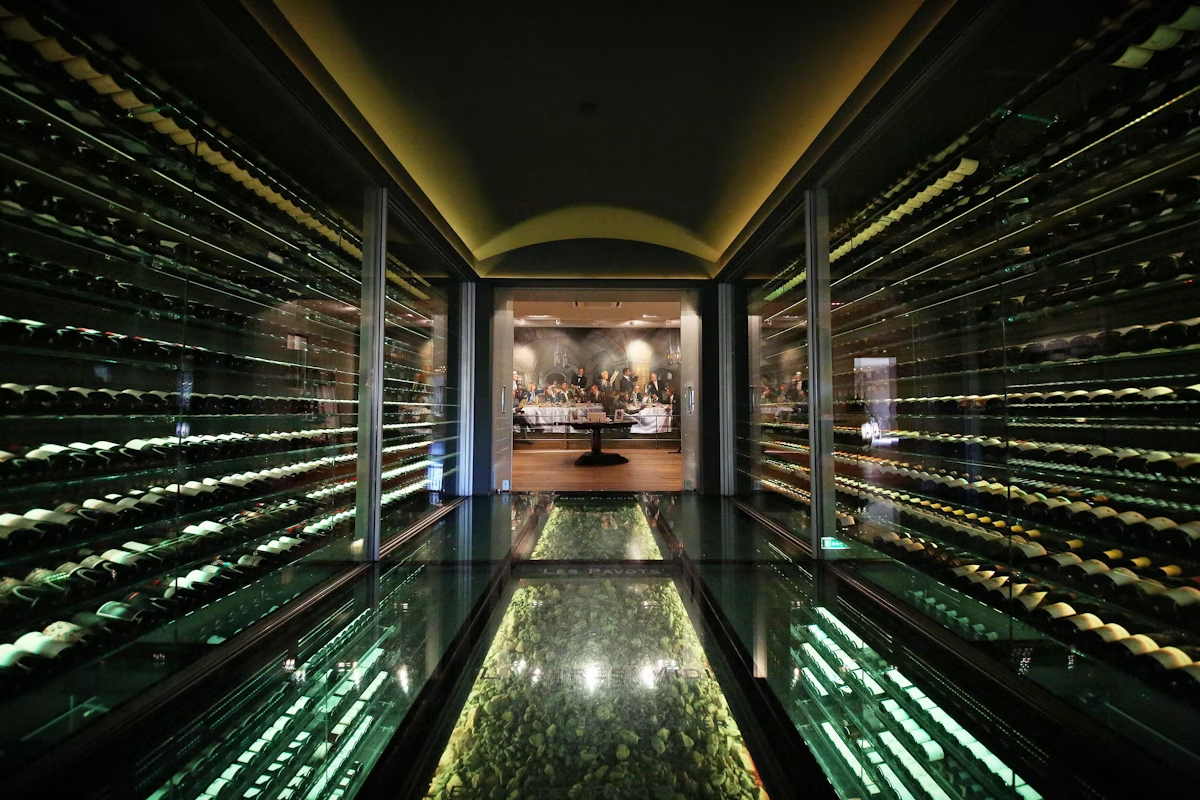Welcome to the world of English wine, where rolling vineyards, chalky soils, and a passion for innovation have combined to create something extraordinary. Over the past few decades, England has quietly transformed into one of the most exciting wine regions, producing sparkling wines that rival Champagne and still wines that showcase the unique character of our countryside.
Whether you’re a seasoned wine enthusiast or just starting to explore what the UK has to offer, this guide will take you on a journey through the vineyards, grape varieties, and winemaking traditions that make English wine so special. From the iconic chalky soils of Sussex to the hidden gems of Cornwall, there’s a story in every bottle waiting to be discovered.
The English wine scene has undergone a quiet revolution over the past two decades, transforming from a niche industry into a global contender. With awards stacking up and vineyards flourishing across the country, English wine is no longer just a curiosity – it’s a must-try experience for any wine lover. Here’s everything you need to know about the rise of English wine, the key regions, and the factors that make it so unique.
Key Regions for English Wine
01
Sussex
Known as the beating heart of English wine, Sussex is home to iconic producers like Nyetimber and Ridgeview. The region’s chalky soils are similar to those of Champagne, giving the wines their distinctive minerality.
02
Kent
Often referred to as the “Garden of England,” Kent boasts a mix of larger wineries like Chapel Down and smaller, family-run vineyards. The warm climate and diverse soils make it a hotspot for both sparkling and still wines.
03
Surrey
With vineyards like Denbies and Albury, Surrey combines picturesque landscapes with high-quality wine production. The region is particularly known for its sparkling wines.
📈 The Rise of English Wine
Once overshadowed by the likes of France, Italy, and Spain, England’s winemaking reputation has skyrocketed in recent years. The country’s cool climate, once seen as a drawback, is now recognised as ideal for producing sparkling wines that rival Champagne. With advancements in viticulture and winemaking, English still wines are also gaining traction, offering crisp whites and elegant reds that showcase the character of the land.
The English wine industry now produces over 10 million bottles a year, with the majority being sparkling wine. Key players like Nyetimber, Chapel Down, and Gusbourne have led the charge, while smaller boutique vineyards add depth and diversity to the scene.
What Makes English Wine Unique?
English wine owes its distinctive character to a combination of factors that make it stand out on the global stage. The terroir, particularly in the southern regions, is one of its greatest assets. With chalky soils that mirror those of Champagne, vines flourish in conditions that impart a crisp minerality to the wines. This unique foundation is paired with England’s cool climate, which slows down the ripening process. Grapes are given time to develop nuanced flavours while retaining the bright acidity that is a hallmark of English wines.
Sustainability is another defining feature of the English wine industry. Many producers are leading the charge in organic and biodynamic farming, placing a strong emphasis on environmental stewardship. This commitment not only supports the health of the land but also enhances the quality of the wines, which often reflect the care and precision behind their production.
Made in Cornwall, UK Camel Valley is a great example of English Sparkling
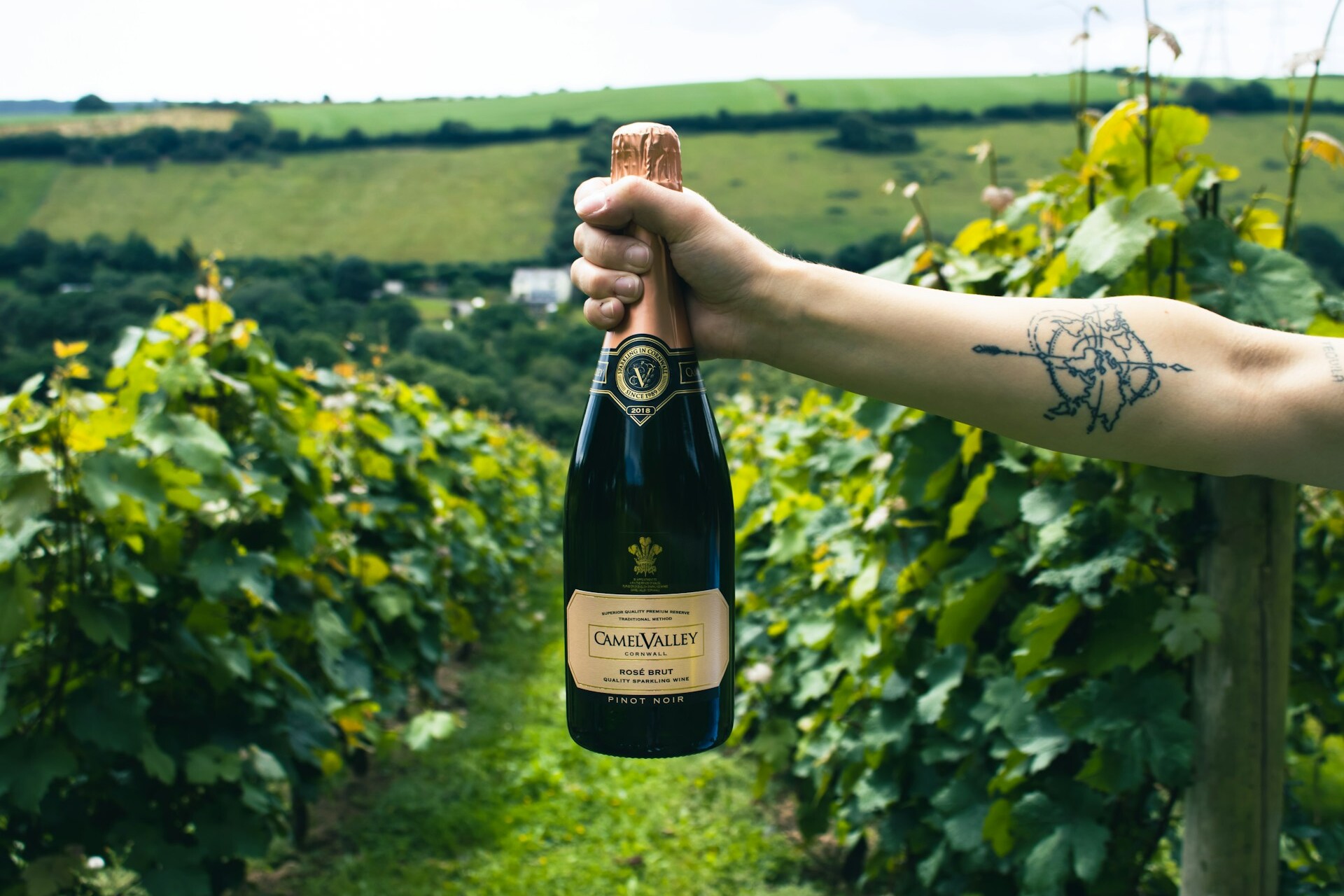
Together, these elements create a perfect storm for winemaking, offering wines that are vibrant, elegant, and distinctly English. Whether it’s the refined complexity of a sparkling blend or the aromatic freshness of a Bacchus, every bottle tells the story of the land, climate, and innovation that define English wine today.
Types of English Wine
English wine isn’t just about sparkling blends - the diversity of styles produced across the country offers something for every palate. From crisp whites to elegant reds, here’s a closer look at the types of wine that define England’s growing reputation.
Sparkling Wine
The crown jewel of English wine, known for its vibrant acidity, fine bubbles, and complex flavours.
Still Whites
Crisp, aromatic whites made from varieties like Bacchus, which is often compared to Sauvignon Blanc.
Still Reds
While less common, English reds are gaining attention, particularly those made from Pinot Noir.
Rosé
Light, fresh, and perfect for summer sipping, English rosé wines are a crowd-pleaser.
Visit an English Vineyard
Wine tourism in England has blossomed into an unmissable experience for wine lovers. With picturesque landscapes, award-winning wineries, and immersive vineyard tours, there’s so much more to discover beyond the bottle. From leisurely tastings to luxurious overnight stays, English vineyards offer something for everyone. Let’s explore some standout destinations and why they’re worth the visit.
Nyetimber Estate
Sussex
As a pioneer of English sparkling wine, Nyetimber Estate offers an unparalleled opportunity to taste history in every sip. Visitors can book vineyard tours that highlight their meticulous winemaking process, set against the stunning backdrop of rolling Sussex hills.
MUST TRY
Their Classic Cuvée tasting under the sunshine – a true celebration of English winemaking.
Chapel Down
Kent
Chapel Down isn’t just about wine – it’s an entire experience. From exploring their vineyards to enjoying a meal at their acclaimed Swan Restaurant, this destination combines wine, food, and hospitality.
MUST TRY
The guided tasting experience where experts walk you through their award-winning sparkling and still wines.
Camel Valley
Cornwall
This family-run vineyard in Cornwall offers a laid-back yet sophisticated wine experience. With award-winning sparkling wines and beautiful countryside views, it’s a perfect spot for a weekend escape.
MUST TRY
Their Sparkling Wine Tour – a relaxed yet informative look into their winemaking process, paired with tastings of their top cuvées.
The Future of English Wine
As climate change continues to impact traditional wine regions, England’s wine industry is poised for further growth. Increased investment, innovation, and a commitment to quality mean that English wine’s golden era is just beginning.
The future of English wine is as bright as the sparkling wines that have propelled it onto the global stage. Climate change, while a significant challenge for traditional wine regions, is creating opportunities for English winemakers. Warmer growing seasons are allowing for more consistent harvests and the potential to experiment with grape varieties previously unsuited to England’s cool climate. This shift is paving the way for an even greater diversity of wines, from fuller-bodied reds to more complex still whites.
Investment in the English wine industry is also on the rise. Established producers like Nyetimber and Chapel Down continue to expand their operations, while new vineyards are sprouting up in regions once considered unviable for viticulture. This growth is being bolstered by significant funding in cutting-edge technology, sustainable farming practices, and innovative winemaking techniques. England is no longer just looking to emulate Champagne or Burgundy – it’s forging its own identity as a world-class wine producer.
Another exciting development is the growing emphasis on sustainability. English wineries are setting benchmarks for environmentally conscious winemaking, from reducing carbon footprints to adopting biodynamic farming methods. This focus not only appeals to environmentally aware consumers but also ensures that the industry remains resilient in the face of climate challenges.
The future is not just about the wine itself, but also about how it is experienced. Wine tourism is set to play a significant role in the industry’s expansion, with vineyards becoming destinations in their own right. From luxury stays in converted wineries to immersive tastings and harvest experiences, English vineyards are redefining what it means to connect with wine and its makers.
As the global wine market takes notice, exports of English wine are expected to grow. Regions like Sussex and Kent are already gaining Protected Designation of Origin (PDO) status, offering a mark of quality that rivals the appellations of France and Italy. These designations will further cement England’s place as a serious contender on the international wine scene.
The golden era of English wine isn’t just a possibility – it’s unfolding before our eyes. With the perfect mix of tradition, innovation, and opportunity, the industry is well on its way to defining a legacy that future generations of wine lovers will celebrate.
English Sparkling Wine: A Rising Star
Discover the rise of English sparkling wine, a triumph of British craftsmanship and…
0 Comments5 Minutes
